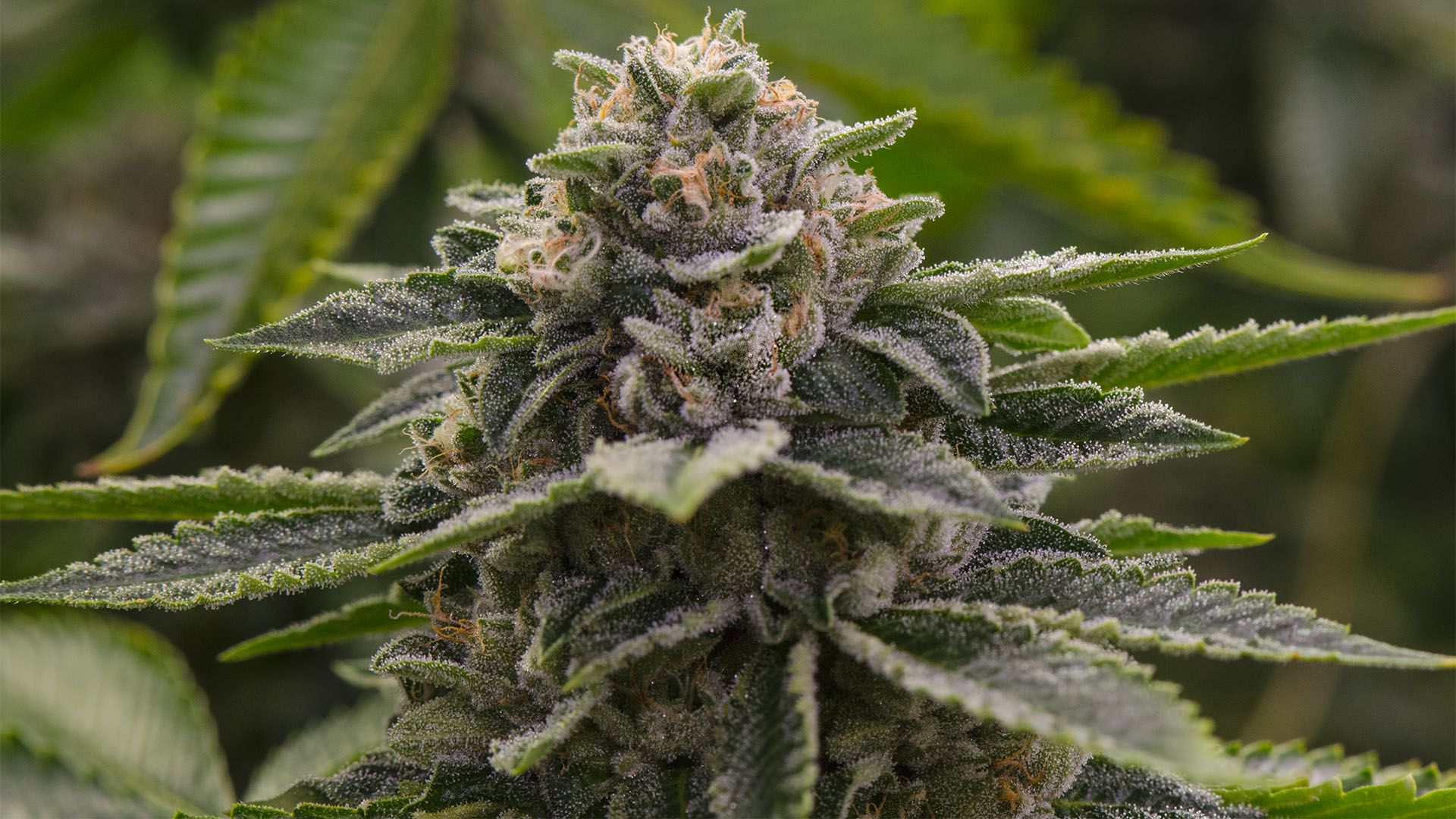Introduction
Central America is home to some of the world’s most diverse and unique cannabis strains. This region’s rich biodiversity, climate, and cultural history have contributed to the development of various marijuana cultivars that offer distinctive effects and flavors. In this comprehensive guide, we will explore the fascinating world of Central American marijuana strains, delving into their origins, characteristics, growing tips, and potential medicinal benefits.
Section 1: The Marijuana History of Central America
1.1 Ancient Roots of Cannabis in Central America
- Historical use of cannabis by indigenous cultures.
- Spiritual, medicinal, and recreational roles of marijuana.
- Cultural significance of cannabis in Mayan and Aztec civilizations.
1.2 The Modern Era of Cannabis in Central America
- The impact of European colonization on marijuana use.
- Cannabis prohibition and its consequences.
- The rise of the illicit cannabis trade in Central America.
Section 2: Geographical and Climatic Factors
2.1 Geographic Distribution of Central American Strains
- Overview of cannabis cultivation areas in Central America.
- Notable countries known for unique strains.
2.2 Influence of Climate on Marijuana Cultivation
- Tropical and subtropical climates in Central America.
- How weather conditions affect cannabis growth.
Section 3: Famous Central American Marijuana Strains
3.1 Panamanian Red
- Origins and history of Panamanian Red.
- Characteristics: appearance, aroma, and flavor profile.
- Effects and medicinal potential.
3.2 Costa Rican Gold
- Origins and popularity of Costa Rican Gold.
- Characteristics: appearance, aroma, and flavor profile.
- Effects and medicinal potential.
3.3 Guatemalan Green
- Origins and regional variations of Guatemalan Green.
- Characteristics: appearance, aroma, and flavor profile.
- Effects and medicinal potential.
3.4 Nicaraguan Black
- Origins and cultural significance of Nicaraguan Black.
- Characteristics: appearance, aroma, and flavor profile.
- Effects and medicinal potential.
Section 4: Growing Central American Marijuana Strains
4.1 Outdoor Cultivation
- Ideal outdoor conditions for Central American strains.
- Selecting the right location and soil preparation.
- Tips for maximizing yields and protecting plants.
4.2 Indoor Cultivation
- Setting up an indoor grow room for Central American strains.
- Choosing appropriate lighting, temperature, and humidity levels.
- Nutrient requirements and pest management.
4.3 Breeding and Seed Preservation
- Understanding the importance of genetic preservation.
- Best practices for breeding Central American marijuana strains.
Section 5: Medicinal and Recreational Uses
5.1 Medicinal Properties of Central American Strains
- Common medical conditions treated with these strains.
- Cannabinoid and terpene profiles relevant to medicinal use.
5.2 Recreational Use and Effects
- Balancing THC and CBD levels for different recreational experiences.
- Responsible consumption and potential risks.
Section 6: Legal Landscape in Central America
6.1 Cannabis Laws and Regulations
- Overview of cannabis legality in different Central American countries.
- Progress towards cannabis decriminalization and legalization.
6.2 Impact on Local Communities
- Economic, social, and environmental implications of cannabis laws.
- Challenges and opportunities for small-scale growers.
Conclusion
Central American marijuana strains represent a treasure trove of unique genetics and historical significance. From ancient civilizations to modern cultivators, cannabis has played a central role in the region’s culture and economy. Understanding the characteristics, growing techniques, and potential medicinal benefits of these strains is crucial for preserving their heritage and harnessing their full potential in the future. As the legal landscape surrounding cannabis continues to evolve, responsible cultivation and consumption practices will be essential in safeguarding these precious genetic resources for generations to come.
- Benefits of Chickweed Supplements - March 30, 2024
- Benefits of Cramp Bark Supplements - March 30, 2024
- Benefits of Cantaury Supplements - March 21, 2024

